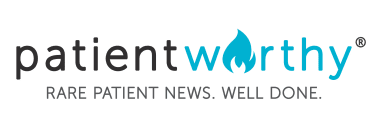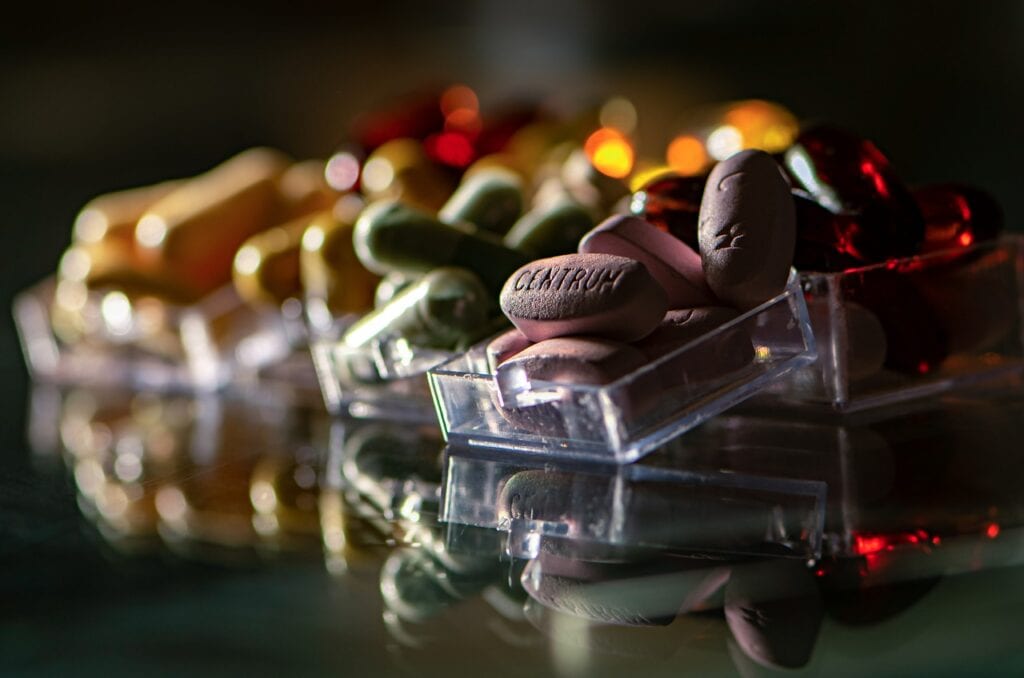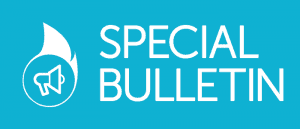by Lauren Taylor from In The Cloud Copy
Pediatric pulmonary arterial hypertension is a disease in which the blood flow leaving the right side of the heart faces increased resistance or pressure due to increased amounts of muscle in the blood vessels of the lungs. This ultimately results in higher resistance in the lungs and the right side of the heart having to work harder.
Selexipag for Treatment in Children
Researchers associated with the European Pediatric Pulmonary Vascular Disease Network conducted a trial of the use of selexipag, a prostacyclin receptor antagonist, in a large pediatric population. Selexipag is currently approved for pulmonary arterial hypertension in adults, but not in children.
In order to study this, 15 children with pre-capillary pulmonary hypertension at a moderate to severe level were enrolled in the study. The patients enrolled in the study ranged in age from 7 months to 17 years. All patients were symptomatic at the time the study began. They were treated with oral add-on selexipag at various starting doses depending on age and size, which were gradually increased as tolerated. The doses were increased every 2-3 days in an inpatient setting.
Drug Response to Selexipag in Children
During the study, there were no deaths in the children associated with selexipag therapy. While two children ultimately needed lung transplants and one child did die, this was not related to selexipag therapy.
Patients on selexipag therapy underwent cardiac catherizations to assess heart and lung function. The selexipag significantly improved the mean right arterial pressures, mPAP to mean systemic artery pressure, diastolic PAP to diastolic SAP ratio, mean TPG, and dTPG in these patients at varying intervals over 5-18 months compared to their usual baselines.
Adverse effects of the selexipag were documented as nausea, headaches, and vomiting, which most commonly occurred during initiation of the medication. Jaw or extremity pain rarely occurred in children compared to adults who report it 17%-26% of the time.
All patients were initiated on selexipag therapy in an inpatient setting over 4-10 days and the final dose was reached after 4-8 weeks, depending on patient tolerance.
Other Treatments for Pulmonary Hypertension
There are other treatment options for pulmonary hypertension, most common being IV administration of epoprostenol or IV/subcutaneous administration of treprostinil. In the pediatric population, these therapies are not favorable due to various factors such as intolerance or parental refusal of an invasive procedure or therapy that is required for these medications such as a central venous line. Further, installation of a central venous line poses its own risks of infection and/or thrombosis in the patient.
Results of Study on Oral Selexipag in Children
Ultimately, the add-on oral selexipag seemed to show a better response in less sick patients. Further, approximately 50% of those enrolled in the study had improvement in the pulmonary hypertension, while 25% stabilized and 20% deteriorated. While further testing and close monitoring is needed in the pediatric population taking oral selexipag, it appears that it is well tolerated and safe. Further, it appears that the oral add-on selexipag is associated with improvement or stabilization in various variables in patients with pulmonary arterial hypertension. While a larger study needs to be conducted, early reports seem to show its benefit and safety in the pediatric population.
Learn more about this here.







